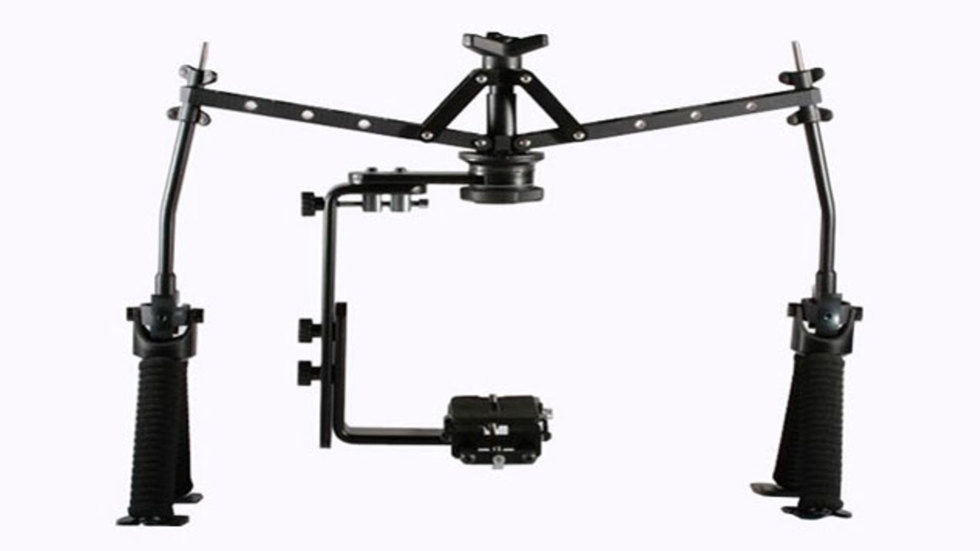
BY KAREN KEMMERLE |
MōVI and OmniRig: The Emergence of One Shot Filmmaking
Long gone are the days of the hard-to-execute steadicam shots, made famous in films like 'Goodfellas' and 'Magnolia.' MōVI and OmniRig are two pieces of filmmaking gear that are on the forefront of this technology.

Last week, the Internet was abuzz with news of the MōVI, a new piece of filmmaking technology created by Freefly, a company that is making strides in the development of camera stabilization to further innovate the art of cinematography. Vincent LaForet (yes, the same man who won a Pulitzer Prize for photography) has put his name behind the product and is currently testing the abilities of the MōVI.
Vincent LaForet made a short film (and jaw-dropping BTS video), using a series of long takes to show what the light-weight and easy to maneuver MōVI is truly capable of showing on the streets of NYC. Cinematographers no longer have to worry about wobbly footage, a hazard of using a steadicam that is dependent on various weights and clunky outerwear. With the employment of a low-friction gimbal, the MōVI loses the counterweight, allowing the camera operator an almost entirely free range of motion. Plus, MōVI also gives users the option of controlling the camera's movements remotely by joystick.
So is the MōVI the be-all and-end all in new camera technology? Not exactly. The Single Shot Cinema method, developed by Leonard Retel Helmrich, opens the possibility of shooting every scene in only one shot, using different camera angles to express the cinematographer’s observation of the scene. Using his Single Shot Cinema method, Helmrich won the World Cinema Grand Jury Prize: Documentary in 2005 for Shape of the Moon and the World Cinema Special Jury Prize: Documentary in 2011 for Position Among the Stars at the Sundance Film Festival.
Single Shot Cinema: Camera flying through the window from 4Film on Vimeo.
The OmniRig, created by Helmrich, gives users extreme flexibility without sacrificing the stability of the device. The innovative mount places the weight of camera directly in the middle of device between the photographer’s hands, allowing free motion. Dual-purpose handles allow users to pass the camera from person to person without ever breaking the flow of the shot during complicated camera movements.
It was only a matter of time before the traditional steadicam methods became obsolete with maneuverable and flexible devices like MōVI and OmniRig on the horizon. While both pieces of equipment will cost a pretty penny, they provide budding (and established) cinematographers interesting options when choosing their new camera rigs.

